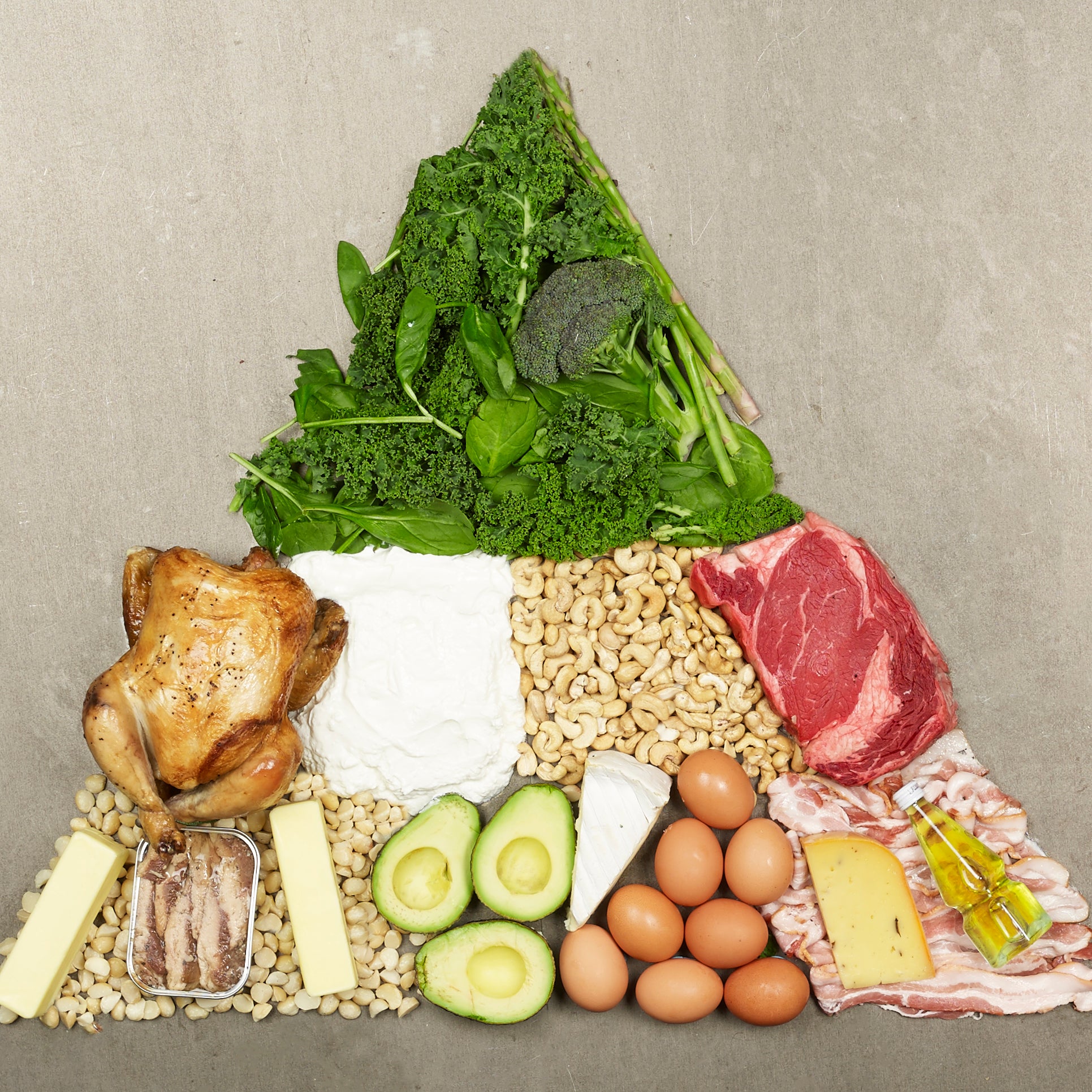The ketogentic diet is all about one thing: fat. By eating almost nothing else, your body shifts fuel sources from glucose to fat-generated ketone bodies, says Dominic D’Agostino, an associate professor at the University of South Florida’s Morsani College of Medicine and research scientist at the .
The diet has gained popularity in the past few years among Type-A CEOs , weight-loss seekers like , and ultra-endurance athletes like and . But the ketogenic diet actually started as a medical intervention nearly a century ago. “It’s the standard of care for certain types of epilepsy, and it’s well accepted within the medical community as an intervention for other conditions like Alzheimer’s or Type 2 diabetes,” says D’Agostino.
The thing about ketosis, though, is that it can be pretty restricting—in order to remain fat-adapted, as much as 75 percent of your calories must come from fat, with 20 percent coming from protein and only 5 percent coming from nonstarchy vegetables, mostly in the form of leafy greens or foods like broccoli. Fruit, grains, even some nuts and seeds are considered too high in carbs, and sugar is the diet’s sworn enemy, as your body will burn it as fuel and thus zap you right out of ketosis.
Even athletes who are on the keto diet aren’t allowed additional carbs, though some do experiment with cycling in and out of ketosis depending on their training phases, says Cate Ritter, a Pebble Beach, California–based nutritionist and health writer.
To help you navigate the keto diet, we’ve created a pyramid guide. Like the original USDA food pyramid, foods on the bottom should be eaten the most, while foods at the top should be eaten sparingly. Additionally, Ritter says serving sizes are highly variable, relative to the diet, the food group, the specific food and how it's prepared, and even the individual. We recommend doing more research and talking with a dietitian to lock down exactly what a serving of each food group would be for you.
The Keto Pyramid
Eat Fat, Fat, and More Fat: Fat is everything in the ketogenic diet. Splurge on avocados, coconut oil, egg yolks, fatty nuts, olive oil, cheese, and fatty meats like bacon and sardines. Shoot for two to three servings per meal, or six to nine daily.
Don’t Skimp on Protein: While protein counts should be lower than total fat, it’s OK to eat skin-on chicken thighs, steak, and whole-milk yogurt. Ritter says to aim for four to six ounces of meat, or 25 grams of protein, per meal. This comes out to three to six servings daily.
Have a Few Veggies: Not all veggies are allowed on the ketogenic diet. While greens like spinach, kale, chard, and lettuce are OK—as are low-starch choices like broccoli, cauliflower, and asparagus—avoid anything even remotely sweet like carrots and peas. Shoot for three to nine daily servings.


